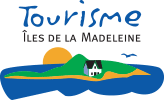

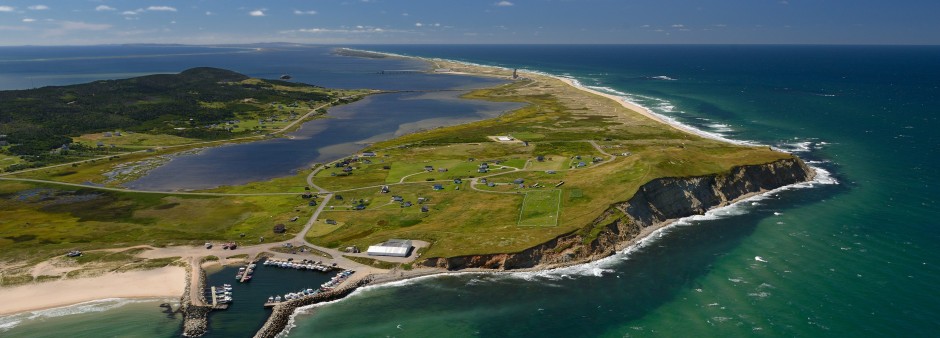
Grosse-Île is inhabited by English-speaking Madelinots. They are mainly of Scottish descent and most of the men are fishermen. The Island is beautiful. At Rockhill Point, wooded hillsides slope down to the sea, and areas like East Cape and Old-Harry have a charm all their own.
The best preserved natural environments on the Îles de la Madeleine.
In addition to the East Point Wildlife Reserve connecting Grosse Île and Grande Entrée Islands to another, also in this area are Brion Island and Rocher aux Oiseaux (Bird Rock), two uninhabited islands located north of Grosse Île Island.
The Anglophone inhabitants of Grosse Île Island and the Francophones of Grande Entrée Island are primarily fishermen and fish plant workers.
The salt mine, an impressively large installation located at the entrance to the Grosse-Île district, is unique in North America. Here, huge salt domes that are part of the geological base of the Islands are mined.
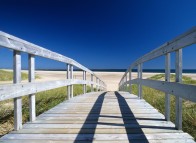

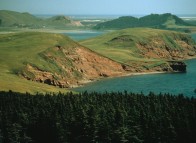
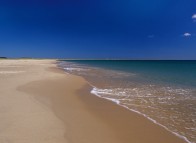
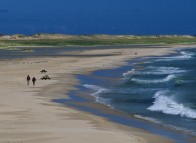
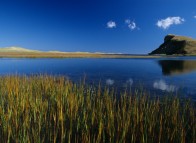
The East Point Wildlife Reserve is part of Grosse Île Island and links it to Grande Entrée Island. Beneath the Islands' surface lie large reserves of salt. In fact, the Magdalen Islands are floating on enormous salt domes. In 1983, Mines Seleine began excavating the salt at Rocher-du-Dauphin on the dune linking Grosse Île Island to Pointe aux Loups Island. Salt is mined at a depth of 300 metres in tunnels that extend over a diameter of 1.6 km under the dune and the sea. Mines Seleine produces 1.5 million metric tons of salt annually and exports it throughout eastern Canada and the United States where it is used to de-ice roads. It is not possible for the public to visit the underground mine, but we invite you to visit there interpretation centre.
The charming little church in the village of Grosse-Île is well worth the visit, as it is adorned with a splendid modern stained-glass window representing the life of fishermen. In the direction of Grande Entrée Island, a panoramic road passes by the lagoon. A little valley, named East Cape, shelters a few houses from the north wind.
In the 17th and 18th centuries, Old-Harry was the site of the walrus hunt, which brought the first Europeans (Basques) to the Islands. The "échoueries" (haulout sites) are the areas where the walruses, piled one upon the other, would lie in the sun. Although they were huge, almost as big as cows, these animals were agile enough to use their tusks to help them climb up the rocks. Walrus were slaughtered in Old-Harry for the oil in the animal's thick layer of fat. Seacow road is said to be the path to the slaughtering grounds. The hunt was so intensive that in 1799 the whole herd of walrus was destroyed, and they have now completely vanished from the Islands. Continuing along Route 199 towards Grande-Entrée, you will come to an old school house built in 1921 that is now the centre of a historical exhibit established by the Council of Anglophone Magdalen Islanders (Little Red School Museum (C.A.M.I.)). A must for Grosse Île Island is probably the beautiful beach of Grande Échouerie.
12 results


 (Add to favorites)
(Add to favorites)


 (Add to favorites)
(Add to favorites)


 (Add to favorites)
(Add to favorites)


 (Add to favorites)
(Add to favorites)
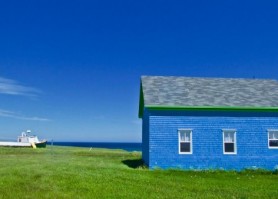

 (Add to favorites)
(Add to favorites)


 (Add to favorites)
(Add to favorites)


 (Add to favorites)
(Add to favorites)
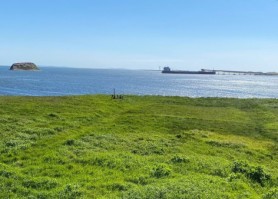

 (Add to favorites)
(Add to favorites)


 (Add to favorites)
(Add to favorites)